
Japanese Wireweed
MARINE SEAWEED Sargassum muticum Description A long seaweed (typically 1-3 m long) with wiry stems that have small, oval-shaped blades (up to 2 cm long, sometimes toothed), with small spherical
Invasive species are plants, animals and micro-organisms that have been introduced into areas beyond their native range and negatively impact the environment, the economy, or society.
It is widely accepted that invasive species are an immense threat to biodiversity worldwide. In Canada alone, more than 20% of our species at risk are threatened with extinction by invasive species. Invasive species cause harm in several ways. For example, they may eat native species, take their food and space, contribute to soil degradation and erosion, introduce new diseases, and degrade water quality and habitat. The destruction caused by invasive species also has adverse effects on human life. Invasive species can damage buildings and roads. From an economic viewpoint, invasive species greatly impact productivity and profit in forestry, agricultural, and fishing industries – as well as reducing recreational opportunities.
Humans are largely responsible for the movement of invasive species from one area to another. Many human-assisted pathways have permitted the introduction of invasive species in Nova Scotia. Examples of these pathways include – but are certainly not limited to – horticultural trade, aquarium trade, the movement of shipping containers, ballast water tanks in cargo ships, recreational boating, and the release of species for hunting or angling purposes. Once established, invasive species can spread naturally, or be moved further by human activities such as outdoor recreation, release of pets into the environment, or movement of firewood.
Everyday activities often contribute to the spread of invasive species. For example, buying products from overseas requires transportation via container ships; those ships may inadvertently transport invasive species to Nova Scotia. Buying local products and reducing your overall ecological footprint not only helps to reduce habitat destruction, climate change, pollution, and overexploitation of natural resources – it is also fundamental for the prevention of invasive species introductions across the globe.


MARINE SEAWEED Sargassum muticum Description A long seaweed (typically 1-3 m long) with wiry stems that have small, oval-shaped blades (up to 2 cm long, sometimes toothed), with small spherical

FRESHWATER CRUSTACEAN Procambarus virginalis Description Marbled Crayfish are typically less than 10 cm but can be up to 13 cm in length. They have narrow pincers and brown or green
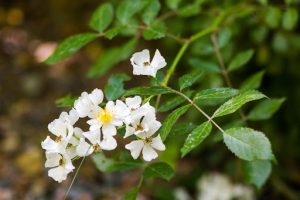
VASCULAR PLANT Rosa multiflora | Common names: Multiflower Rose, Rambler Rose Description Multiflora Rose is a woody shrub that grows up to 3 m tall and 4 m wide. Its
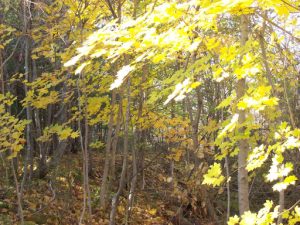
VASCULAR PLANT Acer platanoides Description Norway Maple is a large deciduous tree that grows up to 18 m tall with a large crown. It has large, maple-shaped leaves, which can
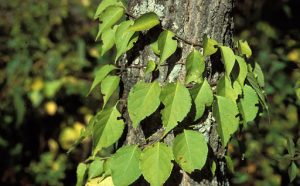
VASCULAR PLANT Celastrus orbiculatus | Asian Bittersweet Description Deciduous woody vine or trailing shrub. Can reach heights of over 18 m. Leaves simple, alternate, roundish and slightly toothed. Flowers small
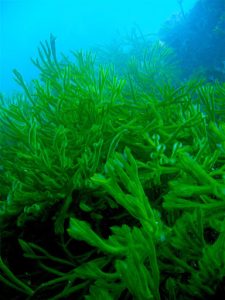
MARINE MACROALGAE Codium fragile | Codium, Dead Man’s Fingers Description Green alga shaped like a small bush, velvety and spongy to the touch. Light to dark green. Branches are thick
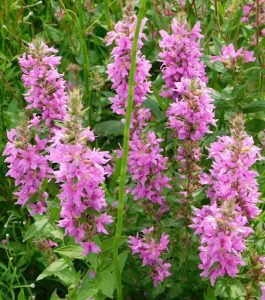
VASCULAR PLANT Lythrum salicaria | Other Names: Loosestrife, Spiked Loosestrife Description Stems arise from perennial rootstock. 30-50 stalks can arise from a single rootstock, but the average is between 1-15.

FRESHWATER CRUSTACEAN Procambarus clarkii Other Names: Louisiana Red Crayfish, Crawfish Description Red Swamp Crayfish is 7-25 cm in length and has a dark red coloration. The claws are long and
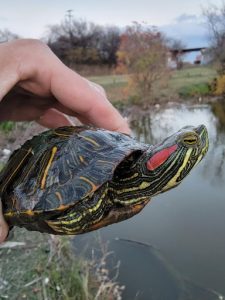
REPTILE Trachemys scripta elegans Description Red-eared Sliders have brown to olive green coloured shells, with a slight keel running down the center. Green-black stripes run along the body. Sliders are
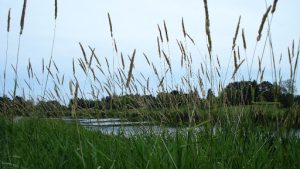
VASCULAR PLANT Phalaris arundinacea Description Reed Canary Grass is a cool season, perennial grass that grows up to 1.7 m tall. Its leaf blades are flat, 30–120 cm long, 1.9

MARINE ANIMAL Juxtacribrilina mutabilis Description Live colonies of Ribbed Bryozoan are whitish pink in colour and roughly circular (5‑7 mm wide). Colonies are a single sheet of many connected, oval-shaped “cells.” These
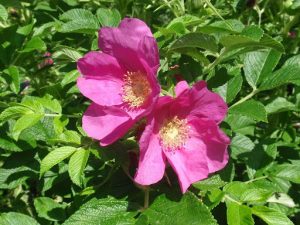
VASCULAR PLANT Rosa rugosa Description Rugosa Rose is a dense shrub that grows up to 2.5 m tall. Its stem is robust, with abundant thorns of all sizes. Twigs are

VASCULAR PLANT Cytisus scoparius Description Scotch Broom is a woody, perennial shrub in the pea family (Fabaceae) that grows upright in dense, brushy thickets. It typically reaches 1-3 m in
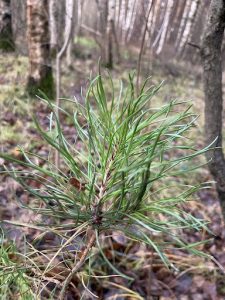
VASCULAR PLANT Pinus sylvestris | Other Names: Scots Pine, Caledonian Pine Description Scotch Pines are large, evergreen, coniferous trees that can grow up to 25 m tall, and have an

FRESHWATER FISH Micropterus dolomieu | Other Names: Smallie, Brown Bass, Black Bass Description Smallmouth Bass have a robust, brown-green body with a white belly. They have dark vertical bars on
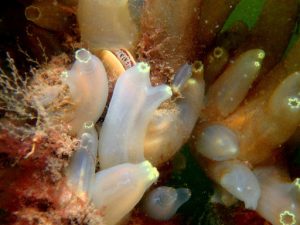
MARINE ANIMAL Styela, Ascidiella, Ciona Spp. | Other Name: Sea Squirt Description Solitary Tunicates are small marine filter-feeding animals, sometimes referred to as sea squirts. They look somewhat like fingers,

FRESHWATER CRUSTACEAN Faxonius limosus Description Spinycheek Crayfish is approximately 10 cm long and has spiny cheeks. Often, they have striped abdomens and legs with orange tips. However, sediment may colour
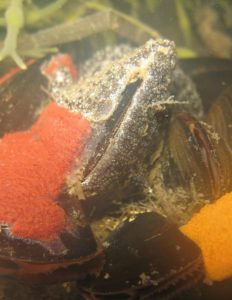
MARINE ANIMAL Ciona, Botryllus, & Botrylloides spp. | Other Name: Sea Squirt Description Small marine, filter-feeding animals, sometimes referred to as sea squirts, live attached to underwater objects. Some, like
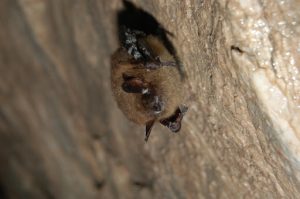
FUNGUS Pseudogymnoascus destructans Description Pseudogymnoascus destructans is a fungal pathogen that causes the disease known as White-Nose Syndrome. This disease is characterized by a white fungus that grows on a

VASCULAR PLANT Pastinaca sativa Description Wild Parsnip is a tall herbaceous plant in the carrot/parsley family (Apiaceae) that can live for two or more years. When it flowers, it typically
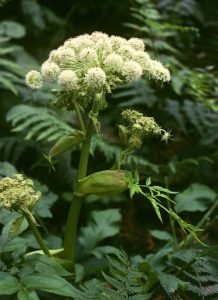
VASCULAR PLANT Angelica sylvestris Description Large biennial member of the carrot family commonly 1-2 m tall when flowering from July to September. Small, fragrant white to pale-lilac flowers born on
VASCULAR PLANT Vincetoxicum rossicum & V. nigrum | Pale Swallowwort, Black Swallowwort Description Herbaceous vine growing 1-2 metres high and twining onto plants or trees. Leaves are opposite, oval with […]
INSECT & FUNGUS Hylurgopinus, Scotylus, & Ophiostoma spp Description Dead and dying White Elm trees. Results from several different microscopic sac fungi (all of which are probably exotic) that infect […]
INSECT Agrilus planipennis Description The Emerald Ash Borer is a narrow, elongated beetle that is 8.5–14 mm long, and 3.1 –3.5 mm wide. Adults have a metallic-green back and bright-emerald […]
VASCULAR PLANT Alliaria petiolata Description Herbaceous biennial, with vegetative rosette in the first year. Leaves 2-12 cm wide, dark green, kidney shaped, smelling of garlic when crushed, margins scalloped. Taproot […]
VASCULAR PLANT Heracleum mantegazzianum Description A perennial member of the carrot family which can grow to exceed 5m in height. Basal leaves lobed, coarsely toothed, reaching 3m in length, glabrous […]
VASCULAR PLANT Frangula alnus | European Alder Buckthorn Description Single or many stemmed shrub or small tree, reaching heights of 6 m. Leaves alternate along the stem, oval-shaped, 3 to […]
VASCULAR PLANT Aegopodium podagraria | Other Names: Bishop’s Goutweed, Ground Elder Description Goutweed is a fast-spreading perennial in the carrot/parsley family (Apiaceae) that forms dense patches through aggressive underground rhizomes. Most […]
CRUSTACEAN Carcinus maenas | Other Name: European Green Crab Habitat & Impact Green Crabs are common in shallow water of salt marshes, beaches and rocky coasts, or in vegetation. They […]
INSECT, TREE PEST Adelges tsugae Description Hemlock Woolly Adelgid is an aphid-like insect that parasitizes Eastern Hemlock (Tsuga canadensis) trees. The first generation of the bug are 1.4 mm long, […]